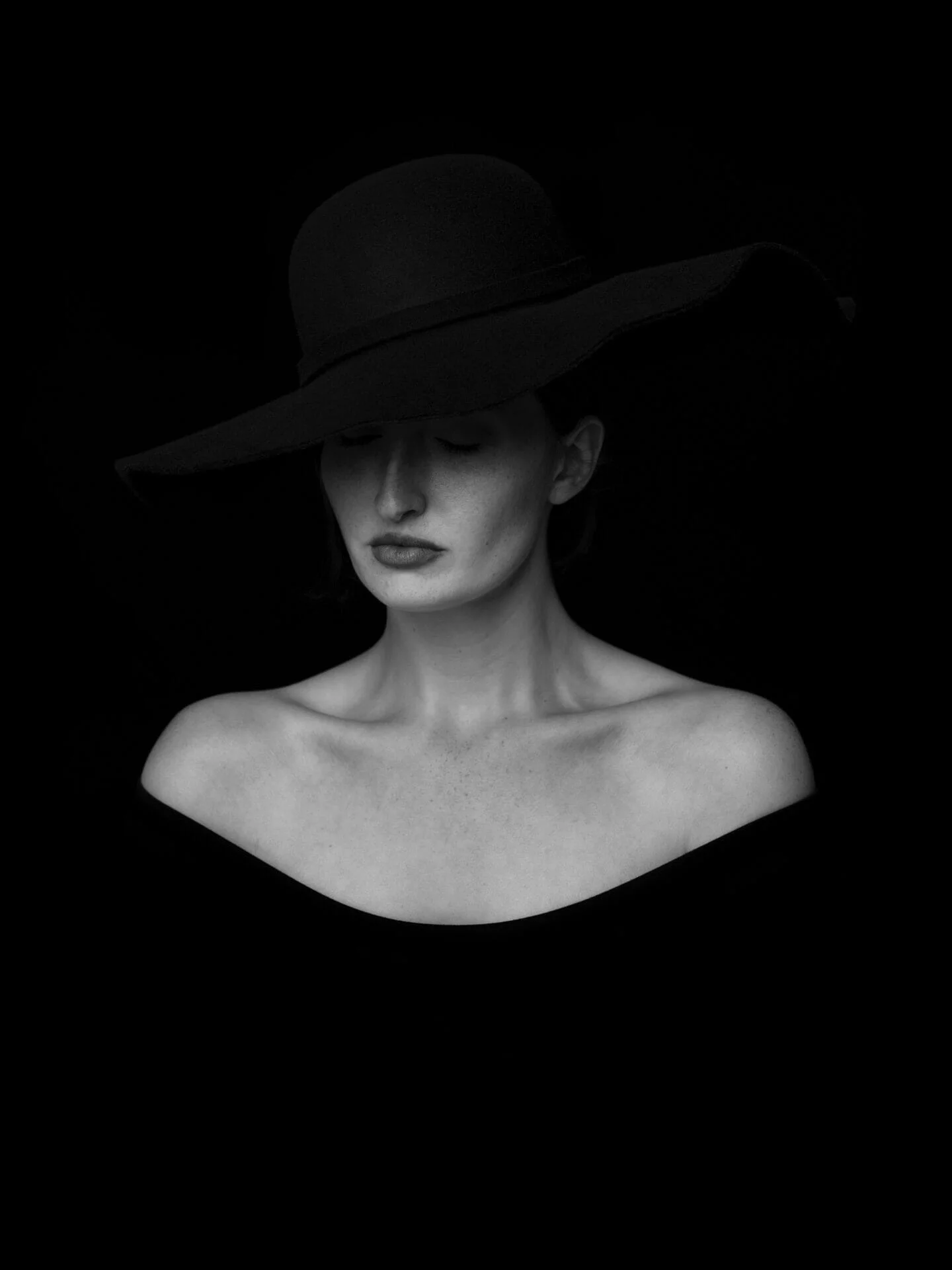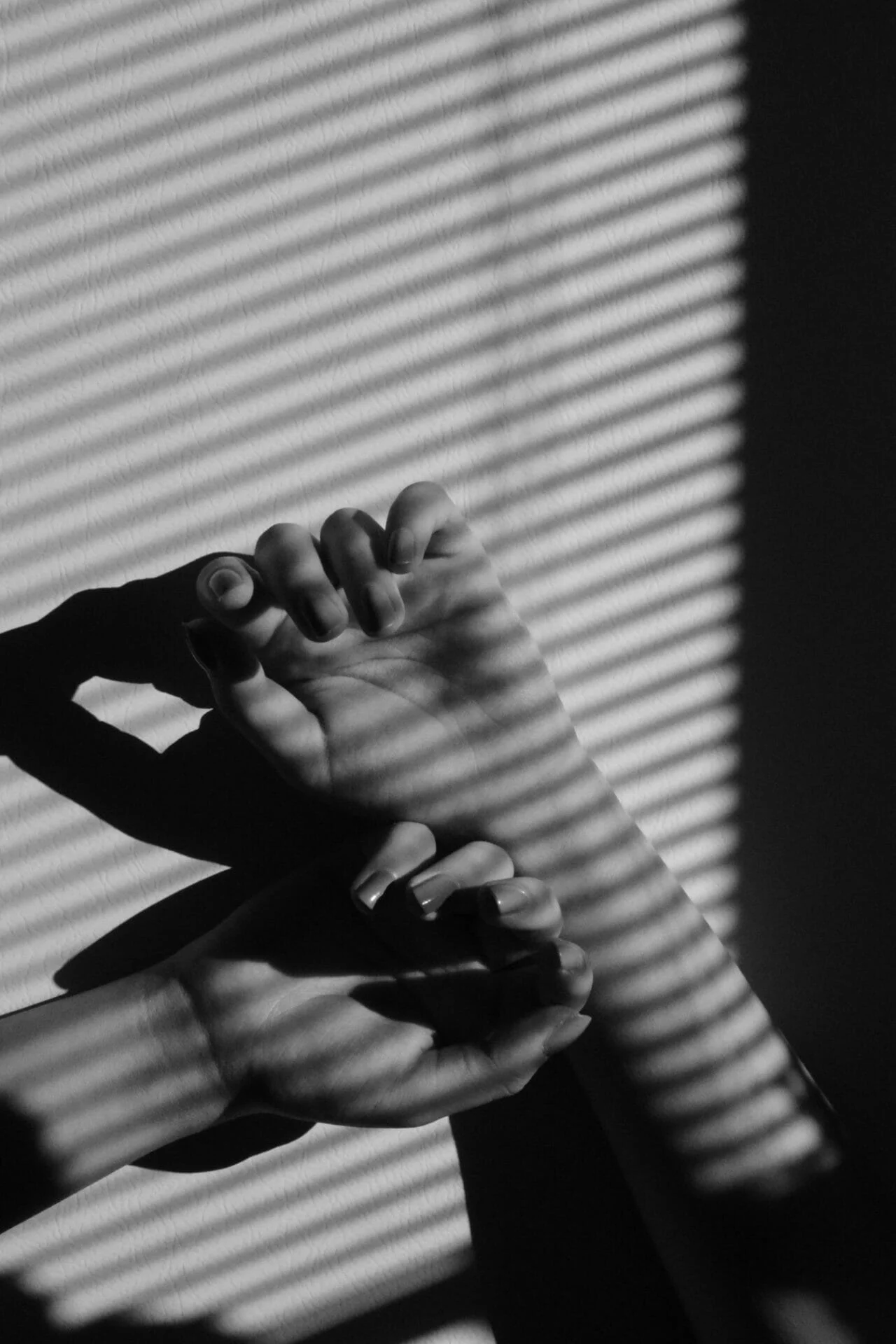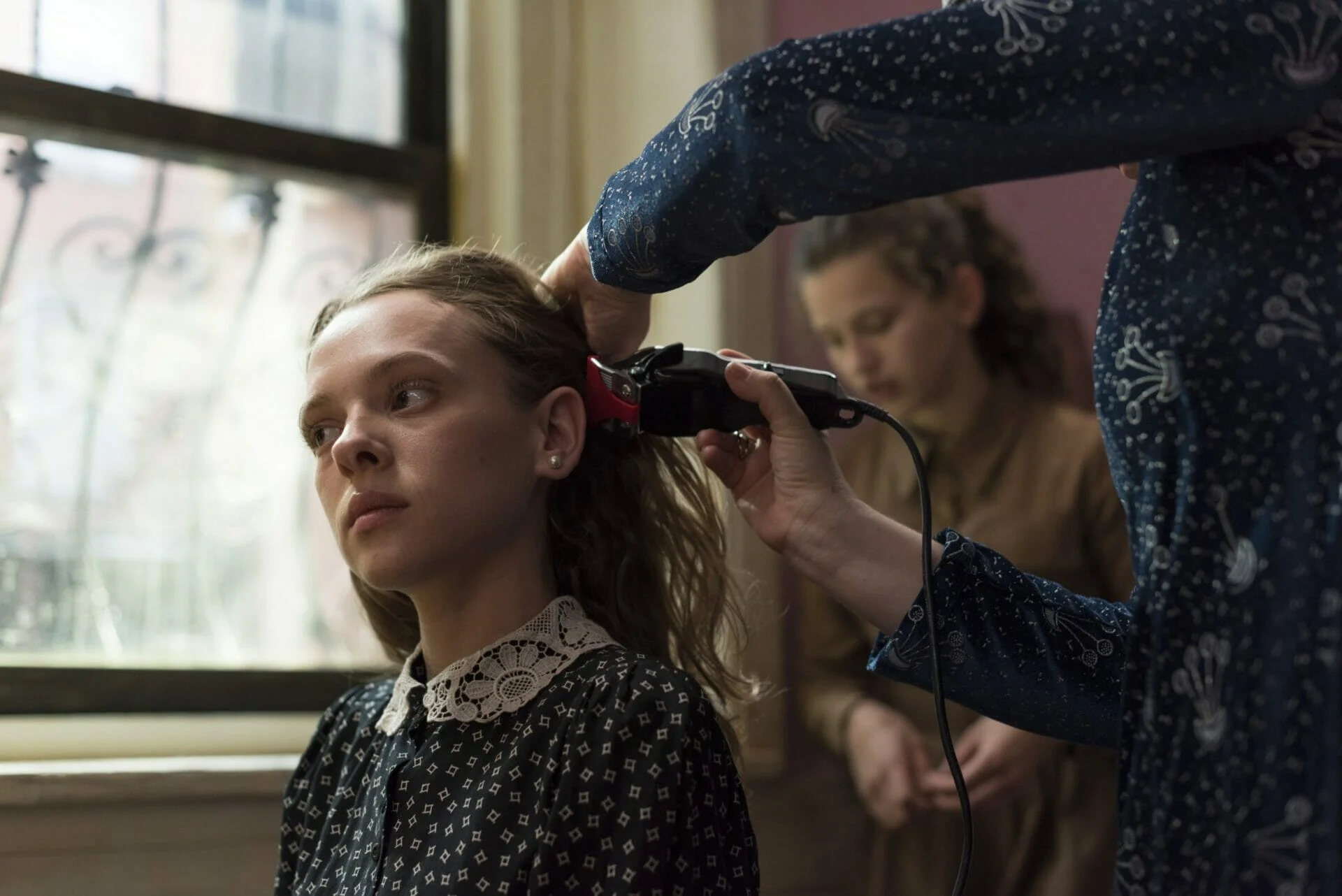
Madame Bovary | Emma Bovary teaches how to be a bovarist
Author
Year
Format
Emma Bovary is an example of how a character can be more relevant than the book itself. The imaginary woman who tries to get away from life’s province – by any means – is the forefather of a literary trend known as bovarysme. The French philosopher Jules de Gaultier – inspired by the novel Madame Bovary by Gustave Flaubert – used this term for the first time, around 1892, to define artists, or people in general, who want to escape from the monotony, sometimes through literature. And it is the exact thing that Emma tries to do in Madame Bovary.
The story is about Emma Rouault, a farmer’s daughter who marries a provincial doctor, Charles Bovary. After the marriage, she begins to appreciate the aristocratic life and can no longer return to simple values that had previously characterized her existence. She becomes the lover of a noble and then of a notary. Meanwhile, she starts to run up debts that her lovers do not want to cover. Unable to see any more perspective, Emma swallows arsenic and slowly dies.
Emma is a feminine Don Quixote
Initially published with the title Madame Bovary: Provincial Manners, Flaubert’s book first appeared in 1856 in the Revue de Paris, and soon was considered obscene, meaning charges were leveled against the author, which he had to answer in court. The incident increased the interest in the novel and, a year later, Madame Bovary appeared as an entire book. Soon, it became the center of a European discussion about realist novels for its variety of themes: from provincial society to money, from education to religion. But the real revelation was the description of adultery.
Adultery is the topic that links Emma Bovary to another novel’s heroine: Anna Karenina. They share their tragic destinies, but Emma isn’t a romantic heroine. She is more similar to a feminine Don Quixote. Both heroes are led by a dreamy idea of life that originates from novels. If Don Quixote images La Mancha as a province in which he can fight against demons and save ladies, Emma wants to live in an everlasting ball full of nobles who admire her.
Emma is an ambiguous character, an adulterer who can convert lies into virtue. She doesn’t use lies for trivial needs but to pursue real love. Flaubert gives her opposite characteristics: Emma is sensitive and a dreamer but also authoritative and obstinate. She manages her house without her husband’s interference, and it’s her idea to run away with Rodolphe, her lover. At the same time, Emma is disobedient. She refuses motherhood and only thinks about herself despite the presence of Berta, her daughter.
These contradictory aspects make Emma challenging to analyze. However, they are the elements that bring Flaubert’s character closer to human experience than the literary. The pursuit of happiness, failure, selfishness, and rebellion are common to human beings.
Flaubert’s scientific method
In 1989 Mario Vargas Llosa wrote one of the most detailed essays about Madame Bovary: The Perpetual Orgy. According to him, this novel forgot Romanticism and introduced the Realist movement. Before Flaubert, romantic novels were fantastic long tales, while he decided to describe reality as it was by telling the concrete human condition of his times. Vargas Llosa explains how he reaches his aim by applying the scientific method to the literature. Besides, Flaubert emphasizes this approach using a varying style, marked by short phrases.
In this paper, the author focuses on Emma and seems to appear not a simple critic but a lover. He compares Madame Bovary to other famous novels – as The Red and the Black by Stendhal or The Human Comedy by Honoré de Balzac – but always ends considering Flaubert’s work the most real novel of all times. Apart from Madame Bovary, French writer Gustave Flaubert is well known for his work Sentimental Education published in 1869. It is about the romantic life of a young man during the French Revolution. Contemporaries considered this as well to be one of the most influential novels of the 19th century.
Film adaptations are numerous, including the 1991 Madame Bovary, directed by Claude Chabrol, with Isabelle Huppert in the role of Emma Bovary.
Tag
Buy a ☕ for Hypercritic







